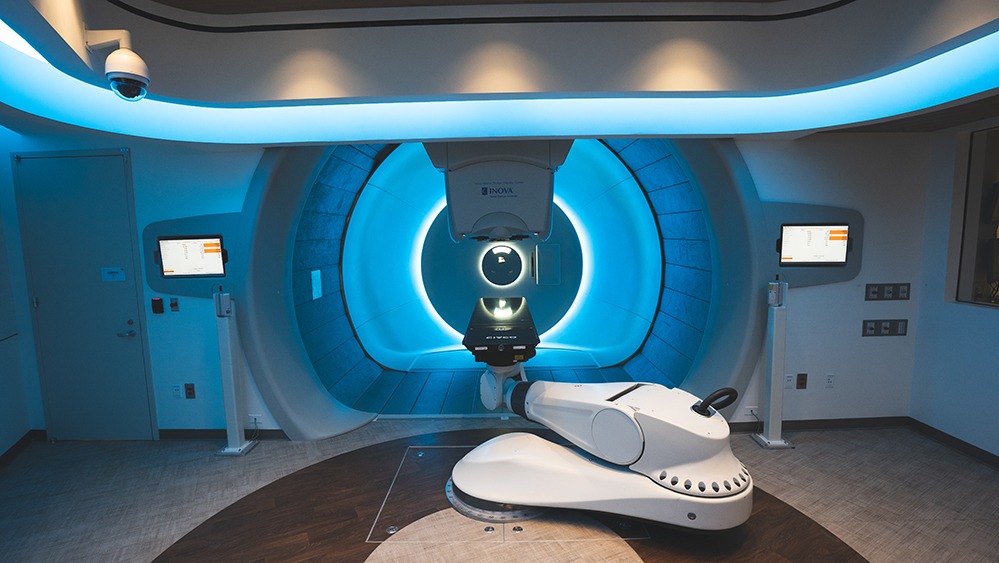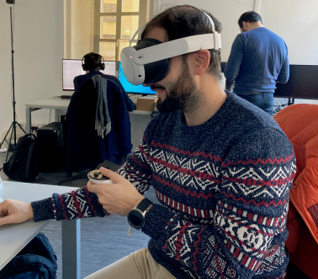Training in Virtual Reality
Simulations are a powerful learning tool, but they can be time-consuming to set up, limiting training opportunities. In-person simulations are often conducted only a few times a year.
Virtual Reality (VR) simulations solve this issue by being accessible anytime without the need for setup or supervision, providing high-quality, immersive training experiences.
In radiation therapy facilities, VR offers an efficient way to prepare trainees safely before they enter real-life exposed areas, saving both time and resources.


Training in VR:
- Transferability: the successful transfer of the knowledge learned in virtual reality into reality.
- Experiential Learning: numerous studies indicate active learning as a valuable tool for educating.
- Transfer evaluation: we need to avoid situated learning, that is when the actions learned are linked only to the specific scenario and the user is unable to apply them in another context.
UpGrader
Designed for medical physicists, UpGrader is our innovative training program that leverages Meta Quest and VR technology to enhance dosimetry experience.
This immersive training provides a hands-on learning environment, allowing professionals to deepen their understanding of radiation therapy and improve their skills in a safe and controlled setting.

Tutorial
Some users may not be familiar with virtual reality: at the beginning of the experience, they are trained through a specific tutorial on the subjects of interaction and movement

Interaction
Actions are simplified and abstracted while retaining their core characteristics. Some objects can be grabbed and manipulated according to the physics of the real world.

Task
The training application provides the user with a series of instructions on the tasks they will need to perform.
